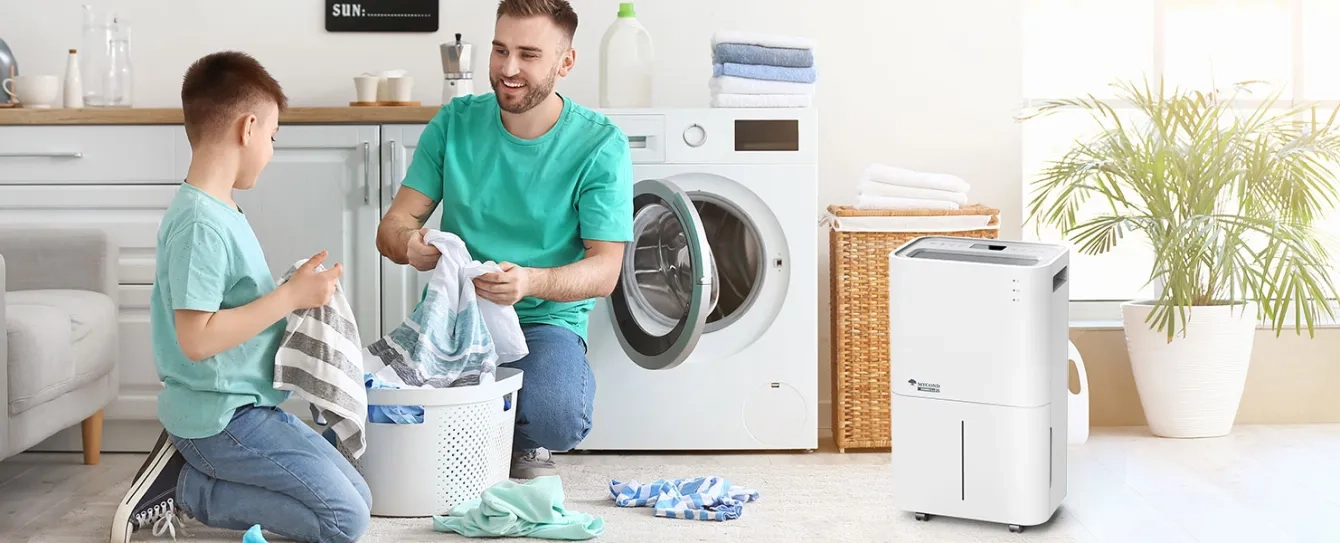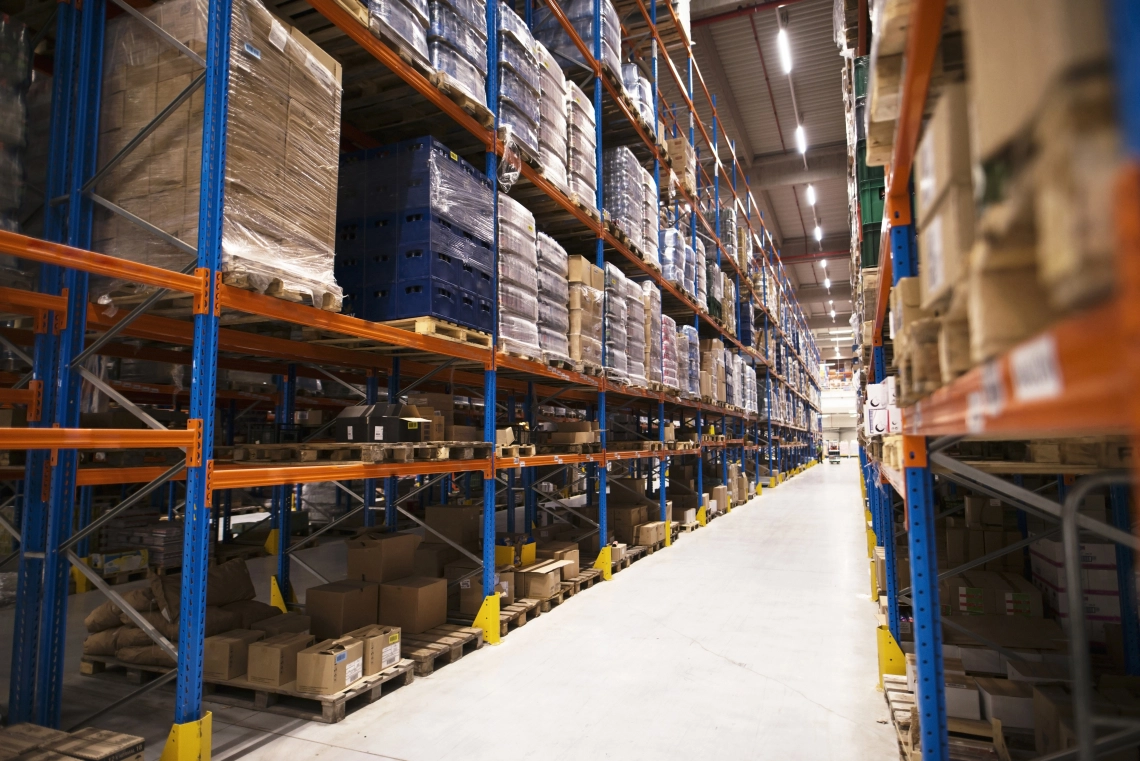
Contents:
- What is an air dehumidifier, and what do you need it for?
- Types and operating principle of dehumidifiers.
- Important criteria to consider when choosing an air dehumidifier.
- Conclusions.
An air dehumidifier is required to deal with the problems caused by an increased humidity level in the room.
This unit serves two important purposes: providing comfortable staying conditions for permanent occupants of the room, and preserving the room which is regularly exposed to increased humidity.
The optimum humidity range for a human is between 40% and 60% on the average.
In this range, human body can resist air-born infections most effectively. This is the range where protective functions of the respiratory system become more active, mental performance is improved, and the heart works with less stress.
In an excessively humid environment, fungus colonies formed on the walls can affect human health, finding their way into our respiratory organs and giving rise to serious diseases.
Increased humidity can also destroy the furniture, parquet flooring and interior finish due to mould growth.
High levels of humidity promote quick growth of bacteria and mildew, which may necessitate complicated and expensive renovation.
Thus, insufficient or excessive humidity may adversely affect our lives in general.
Excessively high humidity may damage the building interior, rendering the finishing materials and even the load-bearing structures unusable, if they are not designed to endure such conditions.
Dehumidifiers are usually needed in the following rooms:
- Swimming pools
- Basements
- Warehouses
- Storage rooms

Types and operating principle of air dehumidifiers
All air dehumidification equipment can be roughly divided into two groups depending on the application:
- household air dehumidifiers,
- industrial air dehumidifiers.
In terms of the operating principle, they are divided into the following types:
- condensation air dehumidifiers,
- adsorption air dehumidifiers.
In terms of design, they can be:
- portable,
- fixed.
Adsorption air dehumidifiers are one of the key types of dehumidifiers. They operate based on the ability of certain substances to adsorb moisture directly from the air.
The humid air passes through a special rotor where the excess water vapour is trapped by adsorption. Then, the dry air exits the dehumidifier. The rotor is rotated by an electric motor.
Condensation air dehumidifiers are probably the most common type of air dehumidifiers.
They operate based on the fact that cooled air loses its ability to retain moisture, which is then condensed in the form of droplets.
The humid air passes through the evaporator (or the cold heat exchanger), where it is cooled below the dew point, so that the moisture condenses.
Then, the air passes through the condenser (or the hot heat exchanger), where it is heated and then discharged from the dehumidifier. The heated air is a bit warmer than in the beginning of the process. The condensed water is either collected into a special tank or drained into the sewer.
Important criteria to consider when choosing an air dehumidifier
Noise level:
- For household use, it is recommended to choose dehumidifiers with a noise level between 30 and 35 dB to ensure the maximum level of comfort.
Condensate collection or drainage:
- Note that you need to either replace the condensate collection tank in good time or arrange condensate drainage into a drain system.
Dehumidification capacity
- This is the amount of moisture the dehumidifier must remove from the air within a certain period of time.
Availability of extra options
- The dehumidifier may be equipped with various extra options, such as MODBUS control, a remote condenser, DC motors, etc.
Mobile or fixed
- Decide whether you need a mobile or a fixed dehumidifier. Mobile models can be convenient to move around and use in different rooms, but they are mostly intended for household use.
Budget
- Consider your budget when choosing a dehumidifier. Compare the prices and functionality of different models to find the best option at an affordable price.

Conclusions
We hope the above information will help you understand the purpose of using air dehumidifiers in household and industrial environments.
If you want to ensure a proper indoor climate in the room and be able to do your things, rest and work in a comfortable environment, high-quality climate control equipment is a must.
Mycond offers a wide range of energy-efficient and cost-effective premium climate control equipment to suit any taste.
Explore the selection of air dehumidifiers
https://mycond.eu/blog/ventilation-why-it-prerequisite-healthy-life